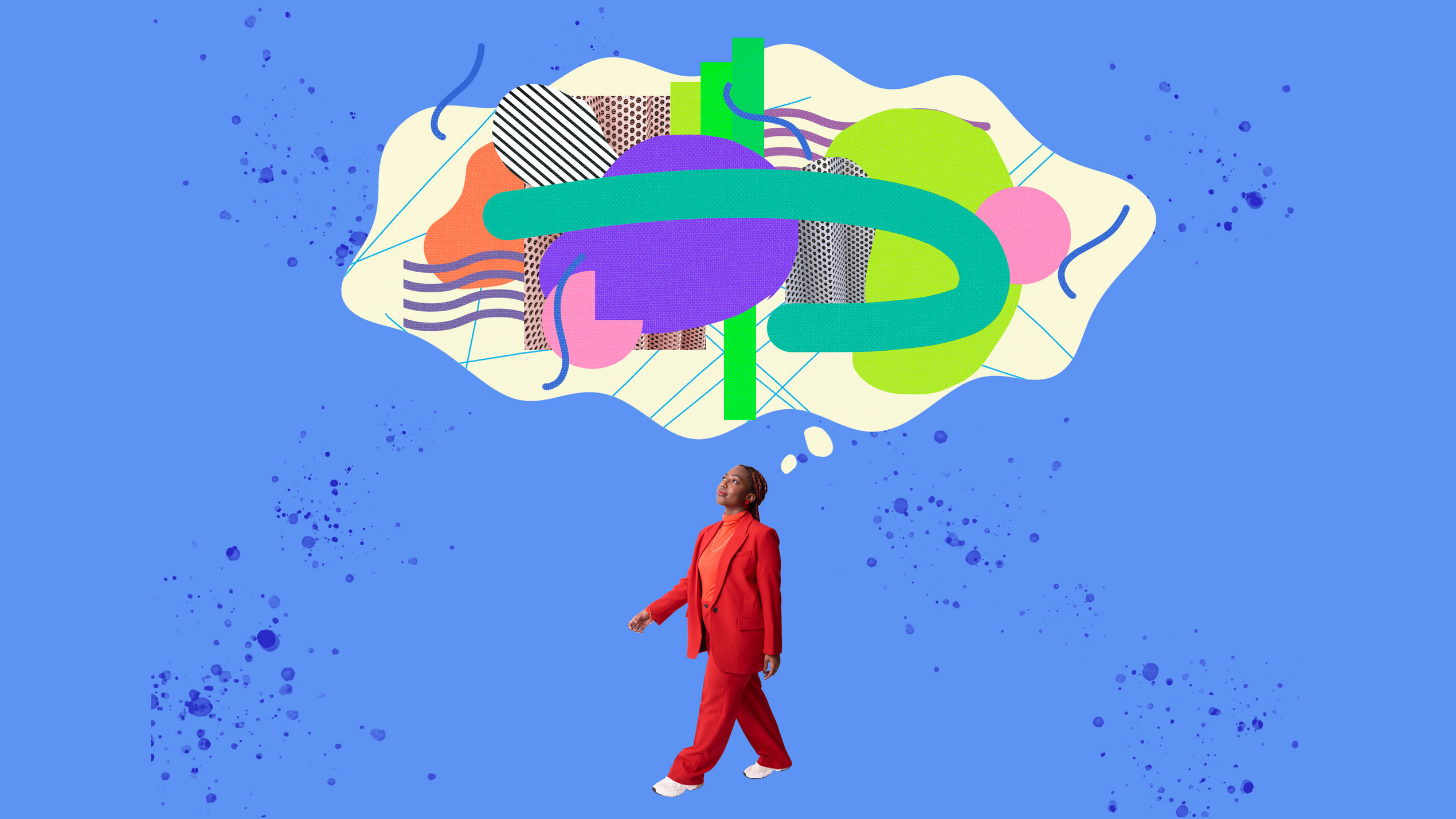
From logos, packaging design and store displays, to social media campaigns and even gaming apps, graphic design has become as essential to fashion as the clothes themselves. Behind every well-known fashion brand lies a carefully constructed visual system, created by graphic designers who act as the matchmakers between brands and consumers, the silent persuaders in an economy of attention. Indeed, as in the case of the world's most prolific fashion logos or iconic prints, often the graphic design sits on the clothes themselves, enticing consumers who want to be wearing the hottest brands and strengthening the brand identity.
While some graphic designers in fashion work in-house, others operate as freelancers or within specialised design agencies. Collaboration is key either way, with graphic designers working alongside the fashion designers, stylists and marketing teams to ensure visual consistency across all brand expressions.
Building brand recognition
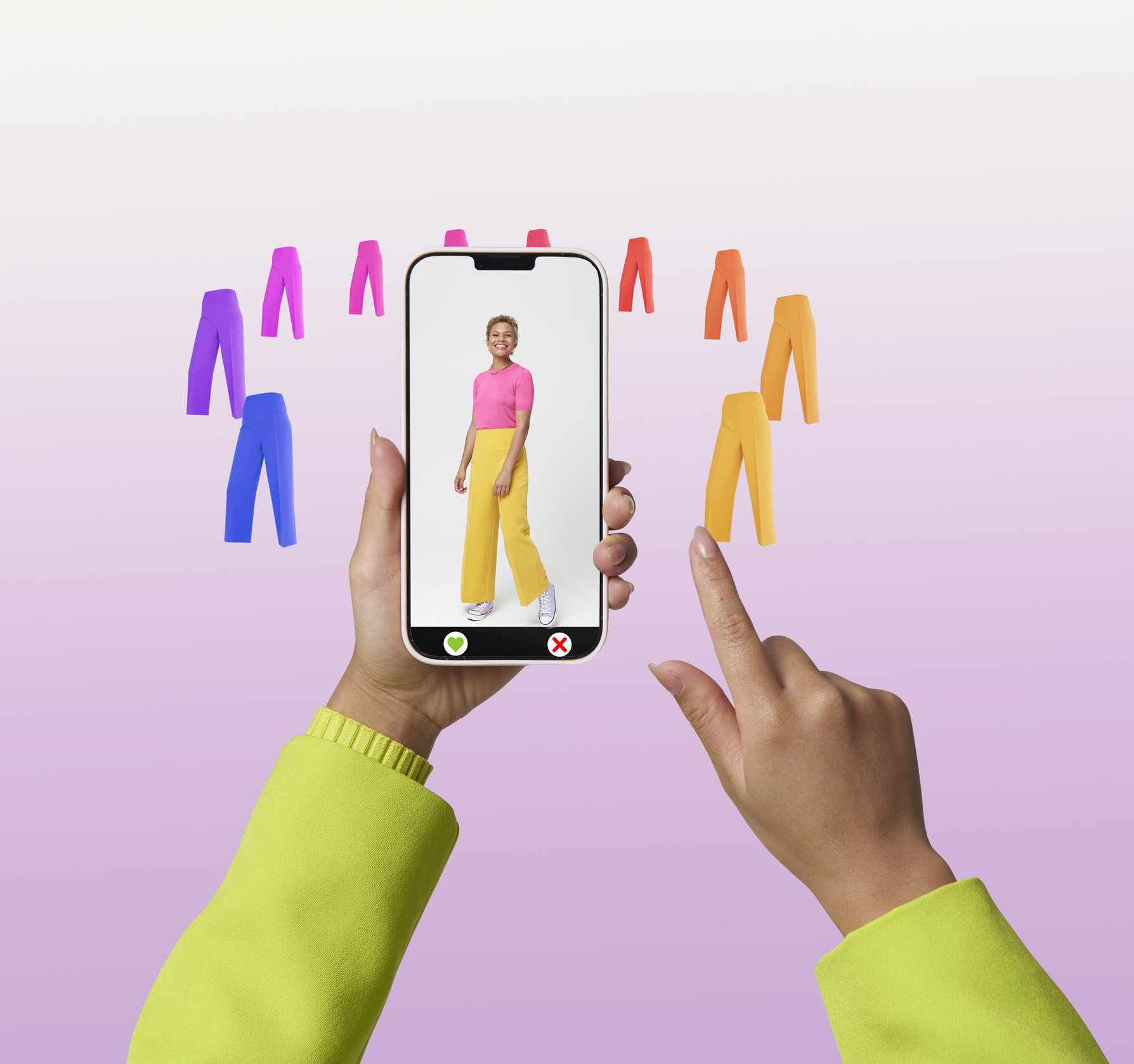
In the fashion industry, perception is key, and great graphic design helps consumers recognise, remember and relate to the brand and its story across different touch-points.
“I’ve worked at several companies where graphic design and fashion intersect and from my experience, graphic design plays an important role in how fashion brands communicate, sell and express who they are. It supports both the creative and commercial sides of the business,” says London-based graphic designer Laura Foley. “Without a strong visual identity, it’s really hard for a brand to stand out, especially in such a competitive industry.”
This visual identity extends far beyond the clothing – Chanel's interlocked Cs, Louis Vuitton's monogram, or the clean minimalism of Calvin Klein's typography – each carefully created to define the brand using logo design, colour schemes and typography. Once led by packaging, shopping bags and print ads in glossies, the role of the graphic designer in fashion now covers a complexity of digital platforms, retail environments, experiential marketing and more.
“In my most recent role at Drest, a luxury fashion styling game, graphic design is key to bringing the brand to life across multiple areas. Branding and user acquisition are both essential to how the game reaches and resonates with its audience,” Laura says. “Graphic design helps us maintain a strong, consistent brand identity that feels elevated, aspirational, and true to the world of luxe fashion – ensuring that everything from the logo and colour palette to how partnerships are visually represented feels cohesive, premium and aligned with the brand’s tone."
From print to pixels to presence
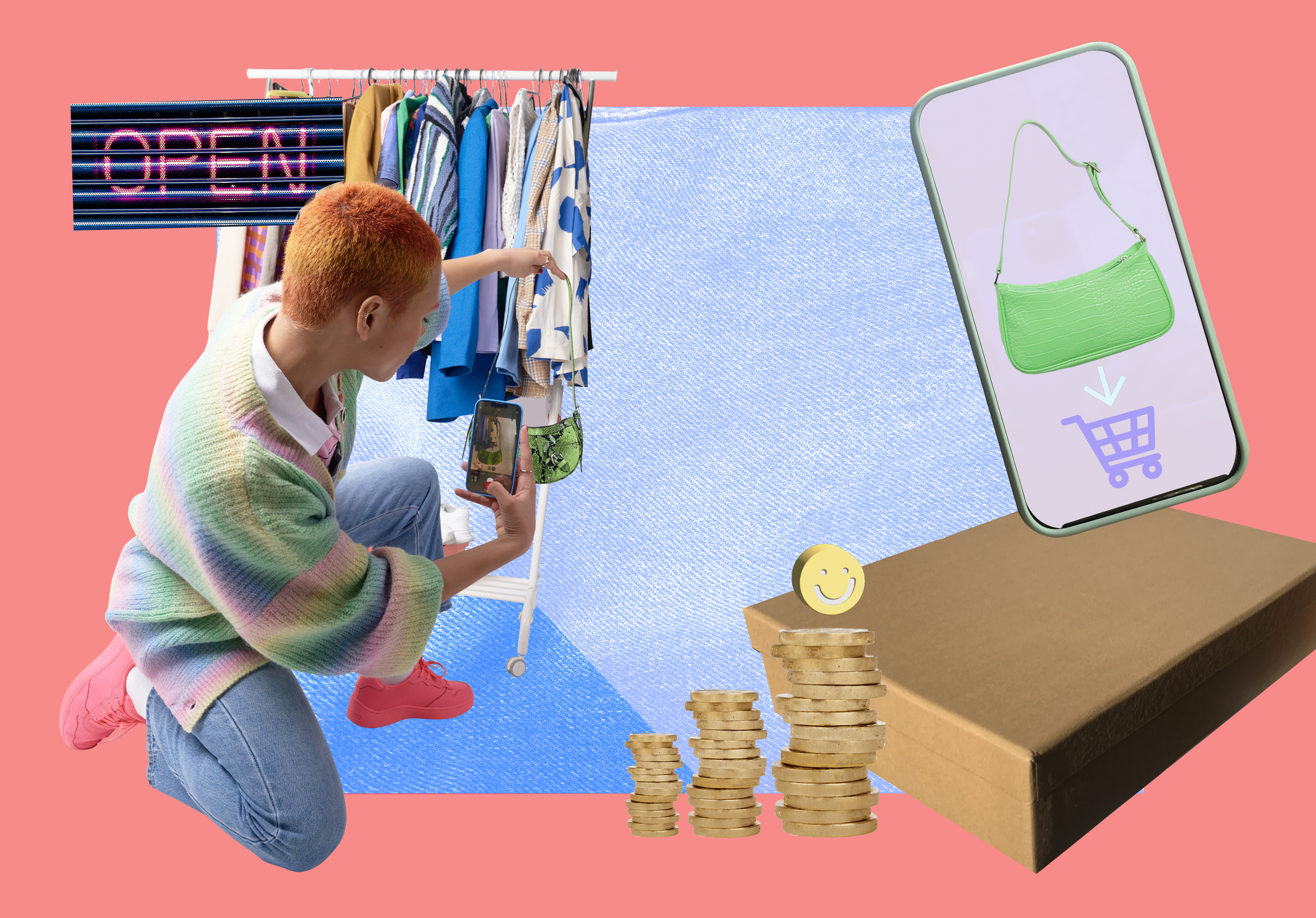
No longer held back by the constraints of static advertising, fashion graphic designers today operate in a vastly different arena. Social media, video content, apps and the gamification of content have transformed the way brands communicate with consumers. Content creation and its design not only has to maintain brand consistency across platforms, but must also adapt to engage new platform-specific audiences, requiring a broader design skill set than what was needed for earlier digital elements such as email campaigns and website layout.
“In terms of user acquisition for Drest, graphic design becomes the tool for turning the brand identity into high-performing, eye-catching creatives,” Laura says. “Since ads and social content are often a user's first introduction to Drest, it’s crucial that the visuals not only grab attention but also clearly communicate what the game is about. Whether it’s through static images, motion graphics, or short videos, the design needs to reflect the luxe fashion feel of the game, while helping it to stand out in a crowded mobile market by creating a visual experience that draws people in and keeps them engaged.”
E-commerce has also changed the game. Interactivity and a seamless customer journey are expected with online shopping, where visuals and user experience are key to conveying product quality, promoting brand values and driving emotional connections.
The cross-pollination of trends
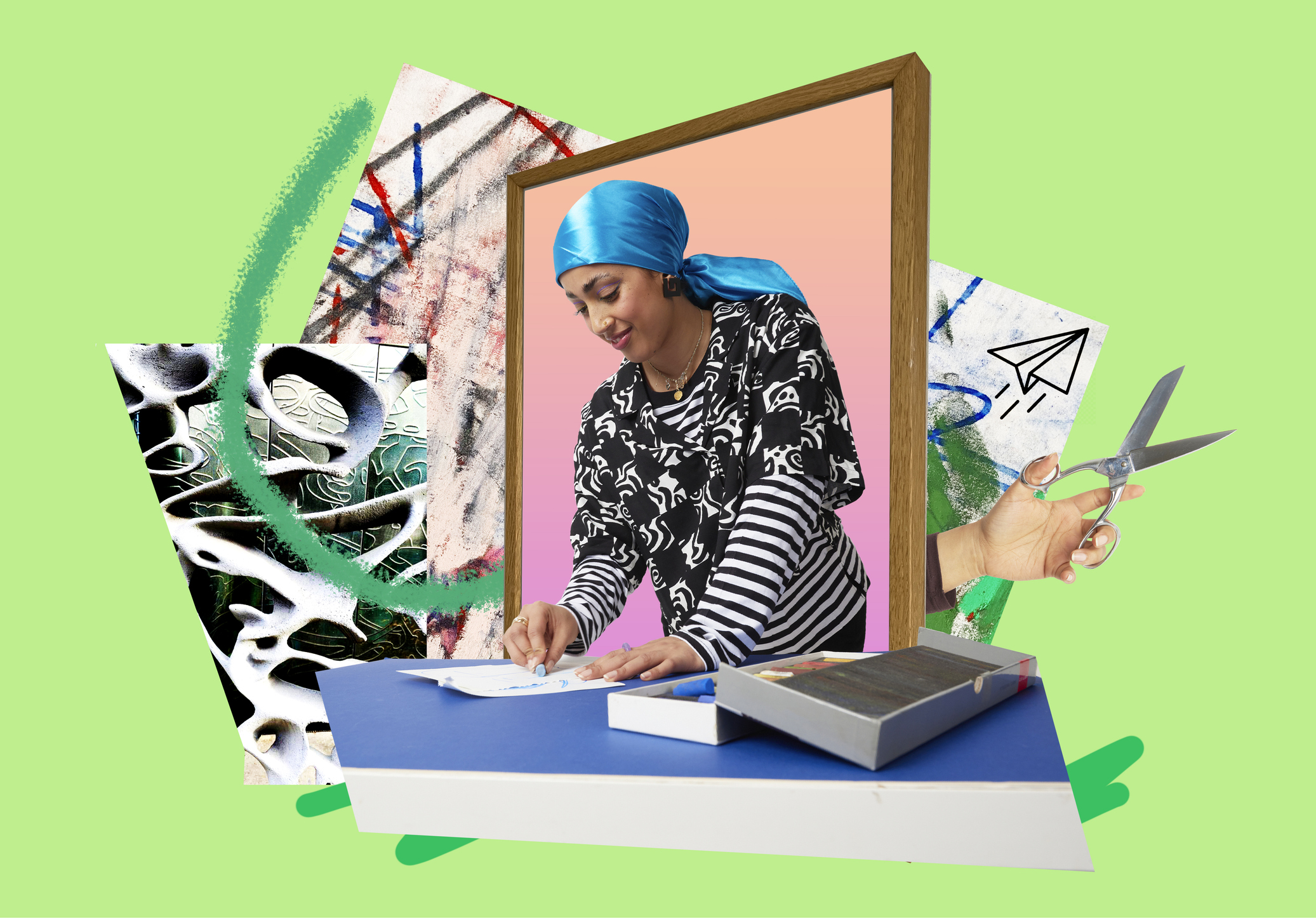
Trends in graphic design and fashion are deeply intertwined. Colour palettes dominating runways influence logo refreshes and brand campaigns. Wider visual trends impact fashion, such as the minimalist aesthetic of the 2010s fashion coinciding with an increase in clean, typography-focused brand identities. The more recent revival of Y2K aesthetic in fashion connects to graphic design's embrace of metallic textures, retro-futuristic visual elements and DIY digital typefaces.
“Pantone’s colour of the year is a good example of how fashion trends crossover into graphic design,” Laura says. “As fashion changes, so do the colours and patterns we see everywhere. Designers often pick up on these shifts to make sure their work feels on trend and connected to what’s happening culturally.” (See here how colour trends are shaping up this year.)
Both industries essentially respond to the same zeitgeist, creating parallels in how visual aesthetics evolve. Visual feedback loops take place on social media and nostalgic cycles of trends occur throughout the creative industries. As these trends amplify and evolve across both fashion and graphic design, it’s often impossible to determine where the aesthetic direction originally came from.
Example: Cannes red carpet was full of bold minimalism, see how Halle Berry, Eva Longoria and others wore the trend.
The invisible architecture of desire

“Fashion and graphic design have always been inextricably linked. You can have a great product, but for it to connect with viewers, storytelling through the use of visual communication skills is essential,” says Amber Brierley, senior lecturer, for the fashion design technology BA at London College of Fashion.
While fashion designers create the clothing and accessories, graphic designers create the context that persuade consumers to want them. They highlight the desirability of the brand and craft the visual narratives that transform clothing into lifestyle aspirations.
This includes design for both the physical and the digital realm. In retail environments, this means the store signage and digital displays – even the typographic choices of window displays can communicate a brand’s values or vision, whether that might be progressive or traditional, accessible or exclusive. As social media and content creators are playing an increasingly important role in creating desirability around a brand, the “unboxing experience” means packaging design still plays an important role. The right balance of colour, texture and typography helps create an emotional connection with the brand for both the influencer and the viewers.
As part of the LCF course, students explore a range of mediums and design tools to engage audiences, Amber says. “They are required to use their graphic design skills to develop portfolios, create promotional material, such as look-books or zines, in order to secure jobs and opportunities. They are also more frequently using 3D software such as Blender to both develop ideas and present final outcomes,” she says. “Many of them go on to use these graphic design skills to help launch their own businesses, developing websites, building social media content and create presentations to pitch for funding, enter competitions or other opportunities.”
Creative catalysts: analog versus digital
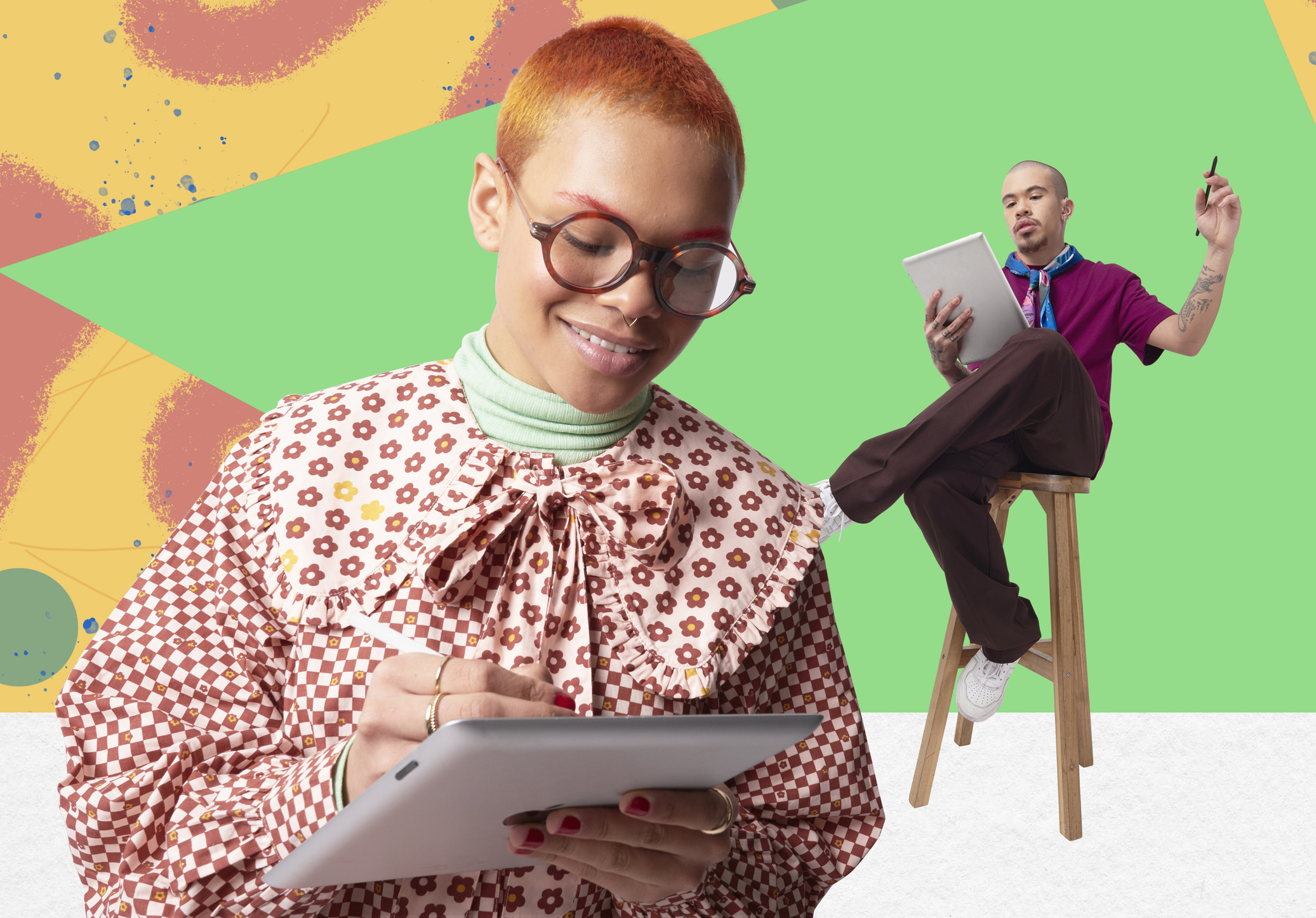
“I think that the fashion industry and digital work has evolved at a much faster pace since Covid. Brands developing VR for virtual try-on of clothes, staging digital runway shows and even developing fabric and garment CADs that allow the purchaser to virtually get a feeling of the products," says Bob Vance Thomas, associate lecturer at Central Saint Martins, and former menswear fashion and textile designer.
These virtual or augmented reality try-on experiences call for graphic designers to work with digital brand elements overlaid on real-world environments, and virtual fashion shows require innovative thinking for visual storytelling in digital spaces. AI is also influencing both fields, as brands experiment with AI-generated models and scenarios in marketing materials and AI algorithm to optimise or personalise content.
However, Bob says it’s important to uphold traditional creative processes in design, to allow things to happen in a playful way, which often leads to more original and unique outcomes – before moving into digital.
“The younger generation often think that because of the digital world taking precedence, that everything we do as creatives – whether fashion, textiles, jewellery, music or film, for example – has to start with a digital element,” he says.
“However, like any creative field or medium, it all starts with individuality. We encourage our students in this ever-changing digital creative world, to always start with what excites them, and to begin the creative journey by developing their own language through image-making, drawing, painting and all other hand-rendered approaches towards development. Physical sampling also allows you to understand materiality and how different materials can perform for you – by physically developing concepts it allows you to make mistakes, which we all learn the most from as creatives."
Read here about the AI skills you need to get your next graphic design job.







